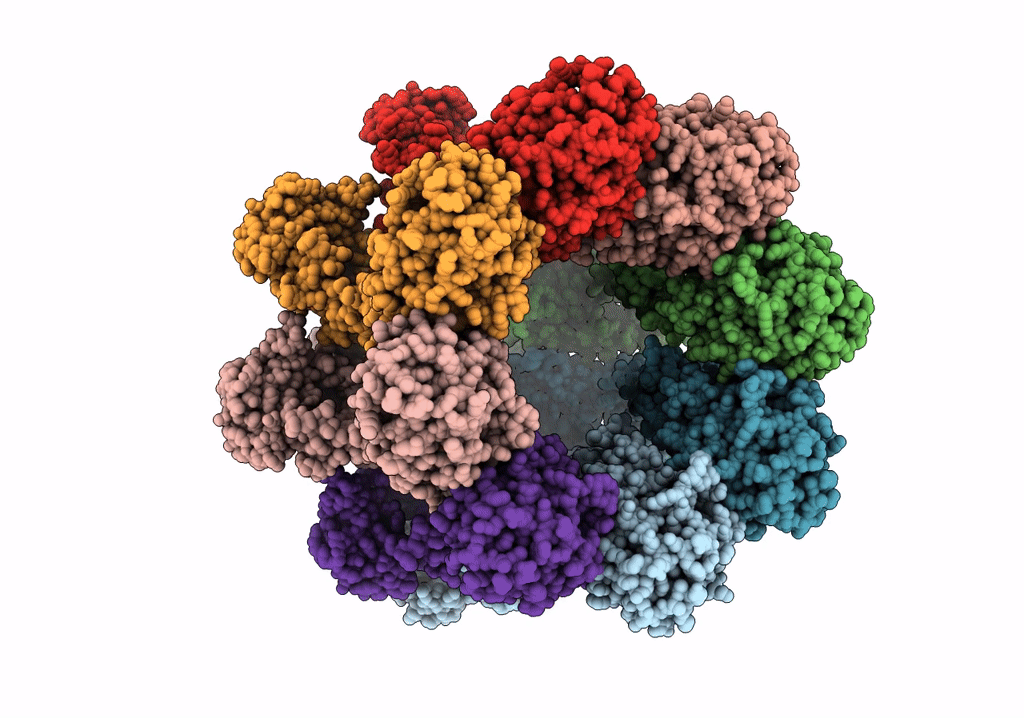
Deposition Date
2021-02-11
Release Date
2021-08-25
Last Version Date
2025-07-09
Method Details:
Experimental Method:
Resolution:
3.51 Å
Aggregation State:
PARTICLE
Reconstruction Method:
SINGLE PARTICLE


